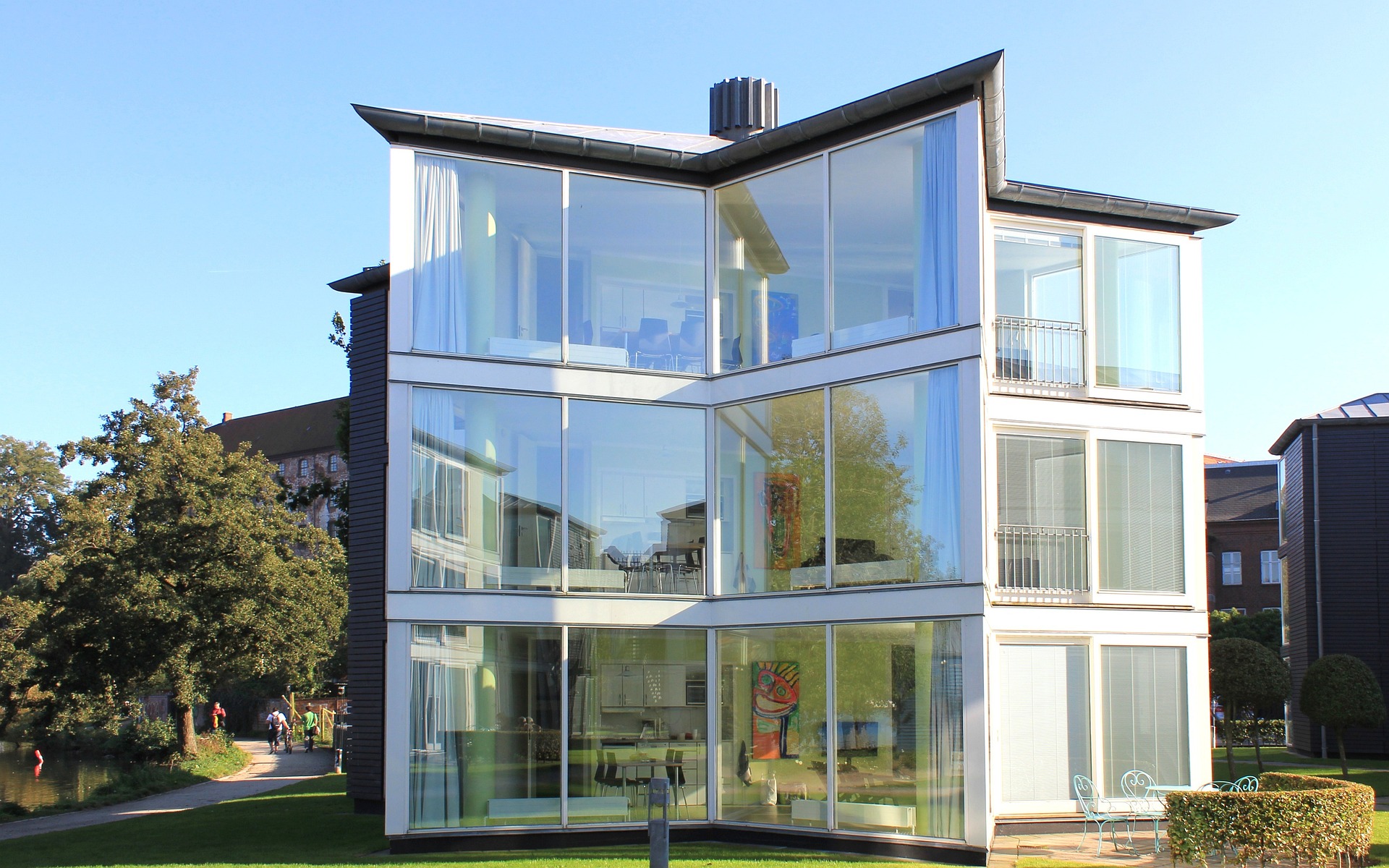Explore Architecture Degree Programs That May Align with Your Career Goals
Architecture degree programs offer a path to develop design, planning, and technical skills for the built environment. These programs may help prepare individuals for careers in architecture and related fields. Learn how studying architecture could support your educational and professional aspirations.

What types of architecture degree programs are available?
Architecture education typically offers several degree levels to suit different career objectives. Bachelor’s degrees in architecture provide a foundation in design principles, architectural history, and basic technical skills. These programs often take four to five years to complete and may include internship opportunities. For those seeking professional licensure, a Master of Architecture (M.Arch) is usually required. This advanced degree delves deeper into complex design challenges, building systems, and professional practice.
Some institutions also offer specialized master’s degrees in areas like urban design, landscape architecture, or sustainable design. These programs can be excellent options for students looking to focus on specific aspects of the built environment. Additionally, doctoral programs in architecture are available for those interested in research or academic careers.
How can architecture studies support creative and technical growth?
Architecture education uniquely blends artistic expression with technical proficiency, fostering both creative and analytical skills. Students learn to conceptualize and visualize designs through various mediums, including sketching, 3D modeling, and digital rendering. This creative process encourages innovative thinking and problem-solving abilities that can be applied across many fields.
On the technical side, architecture programs cover a wide range of subjects, including structural engineering, building materials, and construction methods. Students gain hands-on experience with industry-standard software and learn to navigate building codes and regulations. This combination of creative and technical knowledge prepares graduates to tackle complex design challenges in the real world.
What career paths might an architecture degree lead to?
While many graduates pursue traditional roles as licensed architects, an architecture degree can open doors to various career opportunities. Some potential paths include:
-
Urban Planning: Designing and organizing cities and communities
-
Landscape Architecture: Creating outdoor spaces and environments
-
Interior Design: Focusing on the aesthetics and functionality of interior spaces
-
Construction Management: Overseeing building projects from conception to completion
-
Sustainable Design: Specializing in environmentally friendly and energy-efficient buildings
-
Architectural Visualization: Creating 3D renderings and animations for architectural projects
These diverse options allow graduates to apply their skills in ways that best align with their interests and strengths.
What is the typical structure of an architecture degree program?
Architecture programs generally follow a structured curriculum that builds foundational knowledge before progressing to more advanced concepts. The first year often focuses on basic design principles, architectural history, and introductory technical skills. As students advance, they engage in increasingly complex design studios, where they work on real-world projects and develop their personal design philosophies.
Many programs incorporate hands-on learning experiences, such as model-making workshops, site visits, and internships. These practical components help students understand the realities of architectural practice and build professional networks. Additionally, most architecture schools require students to complete a final thesis or capstone project, demonstrating their ability to synthesize their learning into a comprehensive design solution.
How do architecture programs incorporate technology and innovation?
Architecture education has evolved significantly with technological advancements. Today’s programs often feature state-of-the-art digital design tools, 3D printing facilities, and virtual reality technologies. Students learn to use Building Information Modeling (BIM) software, which has become industry-standard for integrating various aspects of building design and construction.
Many schools also emphasize sustainable design practices, teaching students about green building technologies, energy-efficient systems, and environmentally responsible materials. This focus on innovation prepares graduates to address contemporary challenges in the built environment, such as climate change and urbanization.
What should you consider when choosing an architecture program?
When exploring architecture degree programs, several factors can help you find the best fit for your goals:
-
Accreditation: Ensure the program is accredited by the National Architectural Accrediting Board (NAAB) if you plan to pursue licensure.
-
Curriculum focus: Look for programs that align with your interests, whether that’s sustainable design, historic preservation, or cutting-edge technology.
-
Faculty expertise: Research the background and specialties of the teaching staff.
-
Facilities and resources: Consider the quality of design studios, computer labs, and other learning spaces.
-
Internship and career support: Look for programs with strong industry connections and job placement rates.
-
Location: Think about whether you prefer an urban or rural setting and how it might impact your learning experience.
By carefully considering these factors, you can discover architecture degree programs that may fit your interests and support your long-term career aspirations in the field of design and planning.




